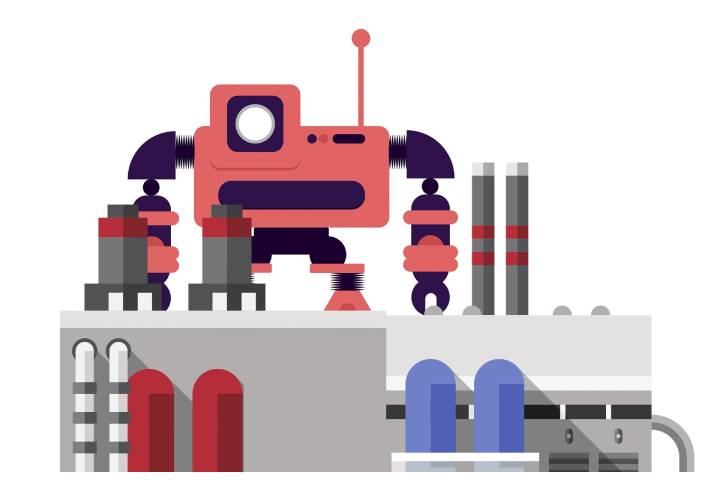RPA And BPM The Perfect Strategic Alliance In Process Automation

Table of Contents
What Is BPM Technology
The BPM, also known as business process management, is a method of bringing process management and automation to the software itself. It consists of techniques that facilitate the supervision and control of all tasks. We can say that it is a tool that measures the effectiveness of each of the resources that are applied to each business process, whether they are people, technology, activities, etc.
What Specific Applications Does BPM Have
BPM allows many actions to be carried out within the business, although two always stand out, as they are the best examples of how to work with this technology. The first is the possibility of integrating applications that work with databases, such as ERPs or CRMs. The BPM allows that information to be exchanged between them, something that is very useful for specific processes, such as, for example, ETLs ( Extract, Transform, Load ) that collect data, organize it, and centralize it in a single repository.
The second is the use of BPM within the email servers. This tool makes a “reading” of the emails, extracting the necessary content to fill in form fields. This task saves many hours of work for companies that have to process hundreds of emails a day, for example, an ecommerce store.
What Requirements Are Needed For Its Implementation
There are no specific requirements when implementing BPM. However, it is a solution designed for companies with a particular volume of business, in which it is assumed that there are also a considerable number of processes. This is when the BPM can unleash its full potential, optimizing the procedures for each task.
What Advantages Does BPM Offer Companies
Among the main advantages is efficiency, since BPM makes collaboration between different departments more fluid and real-time while increasing decision-making agility and speed. On the other hand, the BPM also performs monitoring tasks, acting as an auditor and facilitating the transparency of the procedures and greater administrative control. And, of course, saving time, since, and this is when RPA enters the equation, automating processes, reducing their execution time, and allowing the staff to dedicate themselves to other types of tasks.
Why And How Do RPA And BPM Complement Each Other
RPA is pure process automation, that is, the software that is implemented. BPM is more of a way to make that automation as efficient and optimal as possible through techniques and procedures. The combination of RPA and BPM increases the value of any automation. Usually, we recommend having a BPM system in mind when a client asks us to robotize any of the processes of their company, since, when you want to increase the package of softbots with the BPM, we will have precious information about the current operation and where we have to continue.
What Are The Benefits Of Implementing RPA And BPM For An Organization
These two solutions integrate one into the other, enhancing the benefits that both have separately. That is cost savings, shorter response time, real-time information traceability, management efficiency, etc. All these milestones improve the viability of the business, allowing, in the medium-long term, other actions within the company, such as opening up to new markets or being more competitive (lowering prices, for example).
Rather than being measured by specific objectives, RPA and BPM work as two parts of a whole, in this case, of process automation, optimizing each task involved. The digital meeting focuses on those responsible for business and the IT area looking for a technological solution that improves their company internally. Typically, entities invest in tools to facilitate the purchase, use, and communication with users, leaving aside the workforce, which is the main asset of any entity.
For this reason, we propose to start from the inside out, showing the organizations that improving the internal functioning will also impact the external activity they carry out. RPA and BPM solve the problems associated with internal bottlenecks derived from specific processes. Many companies are currently implementing this strategic alliance.
Also Read: Automation Of Financial Processes With RPA
